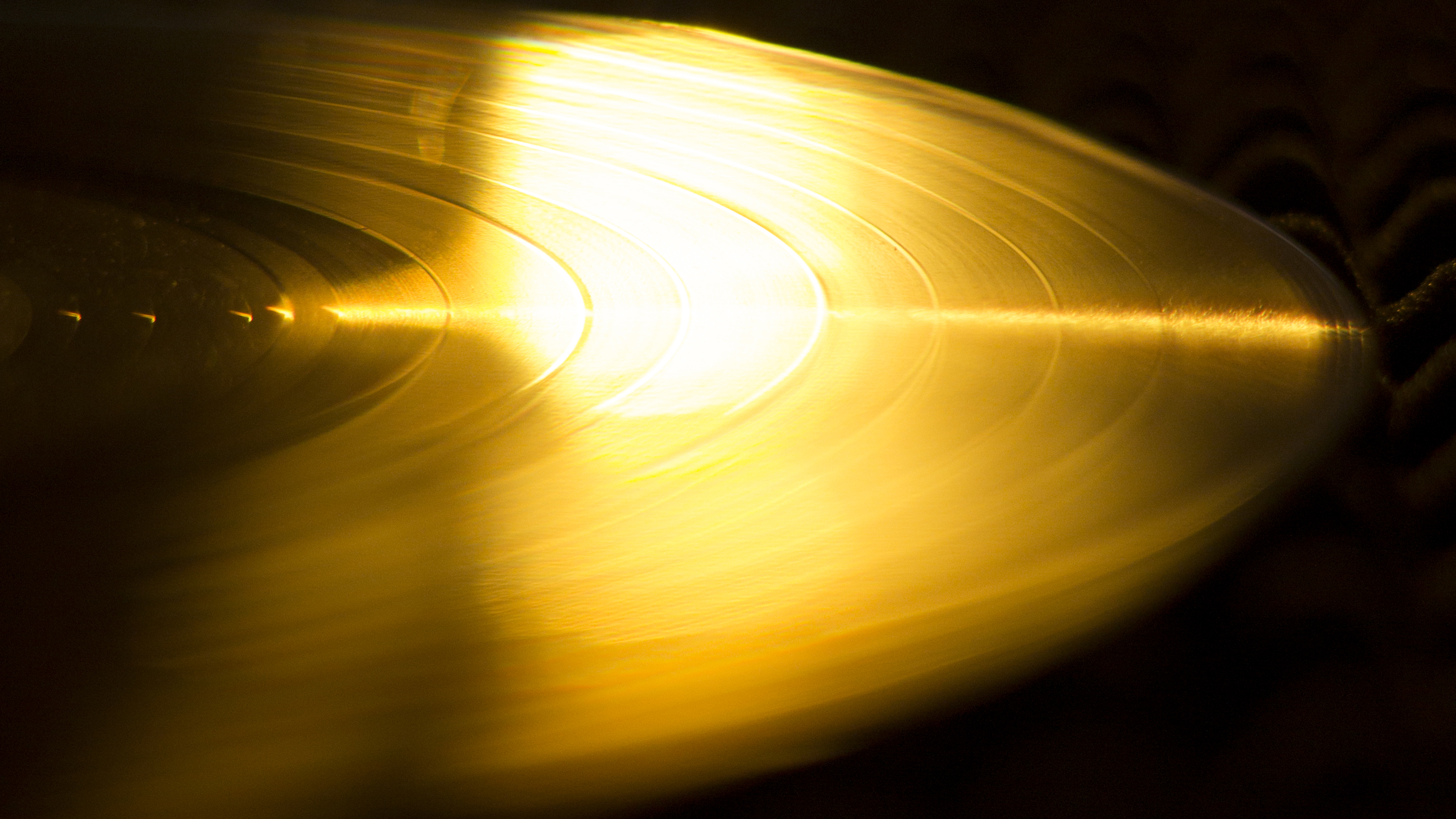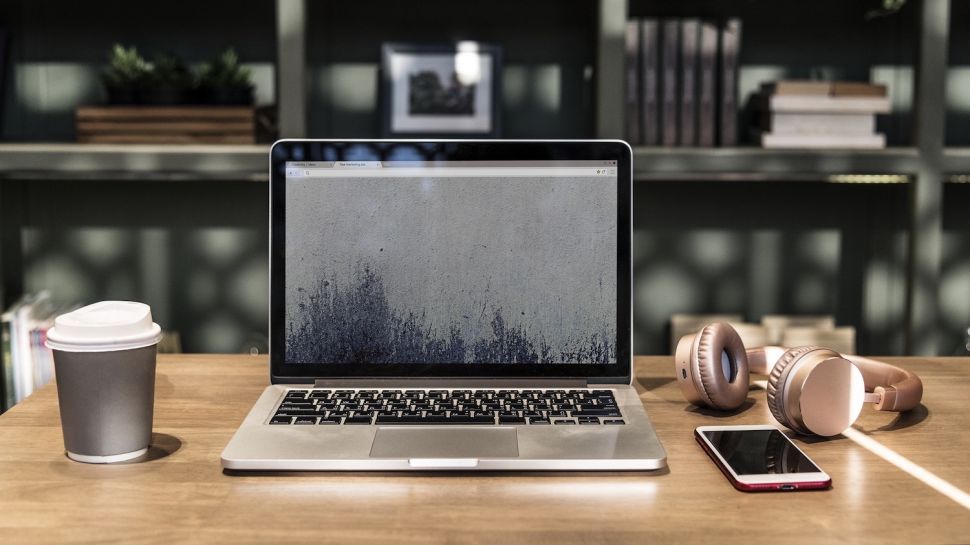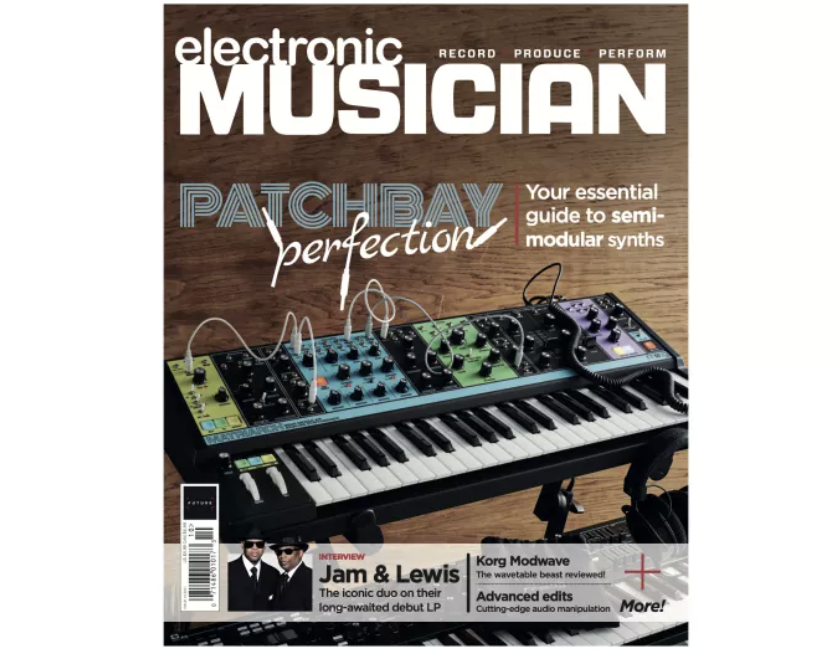The complete checklist for releasing your own music
7 registrations for every track you release

Today it’s extremely easy to release a song and get it distributed worldwide. With the click of a mouse, you can upload your latest track and sell it on iTunes or stream it on Spotify and Apple Music. Within a few hours, the music can be in the ears of fans around the globe.
So, distribution is no longer a mystery, but musicians still often make the mistake of skipping the essential steps that music labels know they must take before they distribute music into the world, to protect artists’ rights and prepare to earn royalty income. There are seven simple registrations you need to take care of if you’re not working with a label.
But first, let’s review a basic understanding of copyright, as well as the steps to prepare your music business so you’re ready to register songs when you release them and can collect royalties starting on day one.
Copyrights
All seven registrations flow from the two copyrights you receive once you create a new original song. These copyrights give you ownership of the work. Some musicians make the mistake of only registering one of the two, but once you understand the two copyrights at stake—and the royalties you can make from them—you won’t miss the necessary registrations.
The first copyright is for the composition: the song itself. This is about the underlying work you created that can be recorded, performed, or covered by other bands. No matter how many different versions, arrangements, or recordings of the song are made, you only need to register the song once using the Performing Arts (PA) form. This is normally registered by the songwriter(s) of the song.

Best website builders for musicians and bands 2020: sell your merch and get your music heard
The second copyright is for the sound recording, sometimes called the master recording. Each sound recording you make of a song creates a separate copyright; for example, a live recording, a studio recording, and an alternate acoustic version are three different sound recordings and therefore three different registrations. To register each of these, you’d need to use the Sound Recording (SR) form.
Labels usually own the SR copyright and the songwriters usually own the PA copyright. But if you’re an independent artist and composer, you’re both the label and the songwriter, and you own both.
Get the MusicRadar Newsletter
Want all the hottest music and gear news, reviews, deals, features and more, direct to your inbox? Sign up here.
Registration with the U.S. Copyright Office is not required because copyright law automatically gives you a copyright in an original song as soon as you capture it in a fixed format (digital recording, sheet music, etc.). Most labels register the copyright, however, because it grants additional rights, including the ability to sue for damages and attorney’s fees. (And if you don’t register within three months of release, you lose some of those benefits, although you still own the song and can still register it in order to sue someone for infringement.)
Royalties
SoundExchange collects sound recording royalties, while SESAC (along with ASCAP and BMI) collects composition royalties.
The composition copyright can generate money for you each time the song is performed live, played on the radio, or performed as a cover by another artist. Royalties are set by statute: 9.1 cents per copy/play. Composition performance royalty organizations (PROs) collect money from radio stations, TV stations, restaurants, live music venues, and websites, and they distribute royalties to copyright owners. These royalties are based on surveys and other data, and each PRO does its research differently.
What some musicians miss is that the royalty system splits royalties between two roles: the songwriter and the publisher. If you’re independent and you haven’t contracted out your publishing rights, you must register twice—as a songwriter and publisher—to receive all the money the song generates.
The sound recording copyright generates royalties administered by the sound recording PRO, SoundExchange (soundexchange.com). SoundExchange collects money from streaming services such as Live365, Pandora, and Radionomy. The royalties are based on reports created by the streaming services (required by law), assisted by a digital fingerprint called an ISRC code, which the sound recording owner needs to generate and register. Similar to the composition PROs, royalties are split between multiple roles: the sound recording owner, and the featured performers and producer. Unless others own the recording or were featured performers, you are entitled to all the royalties that SoundExchange collects for these roles. Again, similar to the composition PROs, you need to register yourself as both the sound recording owner and the performer so you can get all the money you’re owed.
Preparation steps
Perhaps one of the biggest barriers to musicians successfully securing all seven registrations is the preparation steps that need to be done ahead of time. If you haven’t joined a PRO, it can take a few hours to apply to become a member, plus around two weeks to process your application and accept you as a member. Because of this, we advise you set aside an evening or two to perform the steps below as soon as you can. These are revenue-generating activities, so although they do take you away from creating the music, they’re worth spending a night or two doing, so you can enjoy a lifetime of royalty checks.
1. Create an account at eCO—the Electronic Copyright Office
Registering at the U.S. Copyright Office’s eCO system (eco.copyright.gov) is free and simply requires your email address and some basic information, such as name, address, and phone number. It takes just a few minutes.
2. Choose a composition PRO
You’ll want to evaluate which PRO to join based on your needs. The main ones in the U.S. include ASCAP (ascap.com), BMI (bmi.com), and SESAC (sesac.com). (Although to become a member of SESAC, you must be invited by a current member to join.) Each PRO has different methods for surveying music and for determining royalties for radio or TV play. Some accept live setlists so you can get paid when you perform your own music.
Perhaps the most important factor in determining which PRO to choose is that each song can only be registered with a single PRO, and that means all of the songwriters on a song must belong to the same PRO to get royalties. And if you work with other songwriters who belong to different PROs, you can join their PRO, but only if you create a legal entity such as an LLC or corporation to register with them. Note that the single-song-per-PRO limitation still exists, so you’ll need to carefully track the registrations.
3. Register as a publisher with the composition PRO
A music publisher’s job is to create licensing opportunities for your music—getting it placed in TV, film, or advertising. Publishers get a cut of licensing fees and the publisher royalty generated by the composition PROs. If you’re not working with a publisher, you need to fill this role yourself. You’ll have to generate the opportunities but will collect all the licensing fees and the publisher’s royalty share—but only if you register as a publisher with the PRO.
Don’t leave this money on the table; follow the PRO’s steps to register as a publisher. This process usually requires a contract with the PRO and may take a few weeks to process. That’s why you should do this ahead of time—weeks before you release any music into the world. Once you finish, however, you’ll have a publisher’s account that you can use to register each song you release. You also have the option of acting as a publisher for other songwriters under this account.
4. Register as a songwriter with the composition PRO
Songwriters get the other half of the composition performance royalty. You’ll need to register with the same PRO as you did in step 3 above. Similar to setting up the publisher account, this requires a contract and may take a few weeks to process. Once this is completed, you’ll be able to register each song under your name.
5. Register as a “both” account with the sound recording PRO (SoundExchange)
SoundExchange will allow you to register an account as a performer, sound recording owner, or both. As an independent musician, you’ll want to choose the “both” option so you can register your recordings under both roles and collect both sets of royalties that your recordings will generate.
6. Choose a method to create ISRC codes
ISRC codes are digital fingerprints that allow SoundExchange to track your sound recording when it’s streamed. You’ll need to choose a method to generate them for each sound recording you have. If you make a lot of mixes and sound recordings, it may make sense for you to pay the fee to register your own ISRC codes by going to US ISRC (usisrc.org) and creating an account. You can also pay organizations like mastering houses or CD-duplication services to create these for you at a small cost per song or album.
7. Set up a tracking system for your music
If you release a lot of music, you’ll want to create a spreadsheet or tracking system to make sure you’re performing all seven registrations on all your music. This becomes especially important if you use multiple PROs to ensure the same song isn’t registered at more than one.
Performing the seven registrations
Once the preparation steps are completed, you’re ready to perform the seven registrations for all the music you release. This should take less than an hour per album of music.
1. Register each song at copyright.gov using the PA form.
Registering the composition copyright requires you use the PA form. Before starting this process, make sure that you know the names and contact details for all the songwriters of each song. Note that it may be possible to bundle the sound recording (step 2 below) under the same registration if the exact same people are both songwriter and owner of the sound recording. If so, choose Sound Recording as the registration type and choose the “register both” option so you save money. Otherwise, register using the PA form. To get full statutory benefit, register the song before it’s released to the public—and yes, making it available to people via SoundCloud or other internet sites does count as a publication under the law.
2. Register each sound recording at copyright.gov using the SR form.
Each sound recording you make, including all alternate mixes, is a separate sound recording. All can be registered using the SR form. Similar to the above, make sure that you know the names and contact details for all the sound recording owners of each song. Just like with the PA form, in order to get full statutory benefit, you need to register the sound recording before it’s released to the public. Note that even demos can result in YouTube hits and might end up generating royalties, so they are worth registering in your collection as well.
3. Register the song as a publisher at the composition PRO.
Log in to your publisher account at your composition PRO and register your song(s). Doing this will generate the other half of performance royalties generated by the composition. You can register a song that’s already been released, but it will only generate royalties going forward.
4. Register the song as a songwriter at the composition PRO.
Log in to your songwriter account at your composition PRO and register your song(s). Doing this will generate half of the performance royalties generated by the song. Similar to the above, you can register a song that’s already been released, but it will only generate royalties going forward.
5. Register the sound recording as a sound recording owner at SoundExchange.
To collect one-half of the royalties the sound recording produces, log in to your SoundExchange account and register your sound recording(s). Note that you can register sound recordings even after they’ve been released. Simply search SoundExchange’s database to find out if they’ve already been collecting royalties for your sound recording.
6. Register the sound recording as a performer at SoundExchange.
To collect the other half of the royalties that the sound recording produces, you need to make sure you’re listed as the performer under each recording. Just as with the sound recording owner royalties, you can register this even after it’s been released by searching SoundExchange’s database, where you’ll be able to see if they’ve already been collecting royalties.
7. Generate an ISRC code and register it.
Generate an ISRC for each sound recording and register it according to the ISRC instructions. This will increase the likelihood that the recording gets tracked by Sound- Exchange and generates streaming royalties.
Once you’ve completed the seven registrations, log everything into in your spreadsheet and save all documentation that the services generated for you (for example, the registration information from the Copyright Office and PROs).
Optional registrations
In addition to the seven essential registrations described above, there are a handful of optional registrations you may want to consider.
1. Register the copyright for the cover art.
The cover art for your album or song can be used to make merchandise or might be useful for TV and video purposes. It’s not necessary to register the art, but if you sell a lot of merchandise and are concerned about infringement, it may be worth the basic fee to protect it.
2. Register the copyright for the lyrics.
If you’ve ever wondered why lyrics are rarely printed for cover songs in liner notes, it’s because the lyrics are copyrighted too, and the artist covering a song usually needs to pay for the rights to print lyrics. You can register the lyrics the same way you’d register poetry or a literary work so they have the same statutory protections as your music.
3. Register the release at AllMusic.com.
AllMusic collects all the credits of music releases in its database, which is used by the Grammy Association and other external agencies to track the musicians, engineers, producers, and others who worked on the album. All- Music’s database can sometimes be used to prove that a person is entitled to royalties. Fans also use AllMusic to find out more about their favorite music, so it’s worth the time to register.
Conclusion
Once you’ve registered your music, the next step is to promote it. After all, only music that’s performed will generate royalties. Talk to music supervisors to get your songs used on TV or film, or act as a publisher by running a radio, podcast, or streaming campaign. Then, track key performances of each song. For example, if you know that your song was played on TV, get the cue sheets; if you play your music live, submit your set lists to the PRO. Some PROs have programs like ASCAP Plus that may still pay you some royalties even if the music didn’t generate any survey-tracked plays within their database.
But, these programs will only be successful for you if you submit back up documentation that proves your music was played. Stay on top of when and where your music is performed, and all your hard work can protect your music while helping you generate income from it.
Electronic Musician magazine is the ultimate resource for musicians who want to make better music, in the studio or onstage. In each and every issue it surveys all aspects of music production - performance, recording, and technology, from studio to stage and offers product news and reviews on the latest equipment and services. Plus, get in-depth tips & techniques, gear reviews, and insights from today’s top artists!
With the same mesh-head playability and powerful new Strata module as its bigger brothers, Alesis Strata Club brings a new compact form to its best-selling range
"This is the amp that defined what electric guitar sounds like": Universal Audio releases its UAFX Woodrow '55 pedal as a plugin, putting an "American classic" in your DAW










